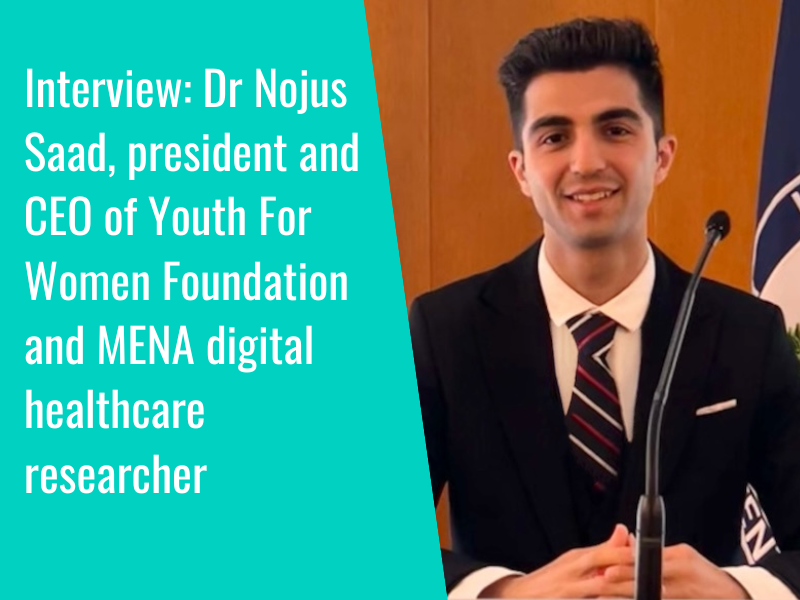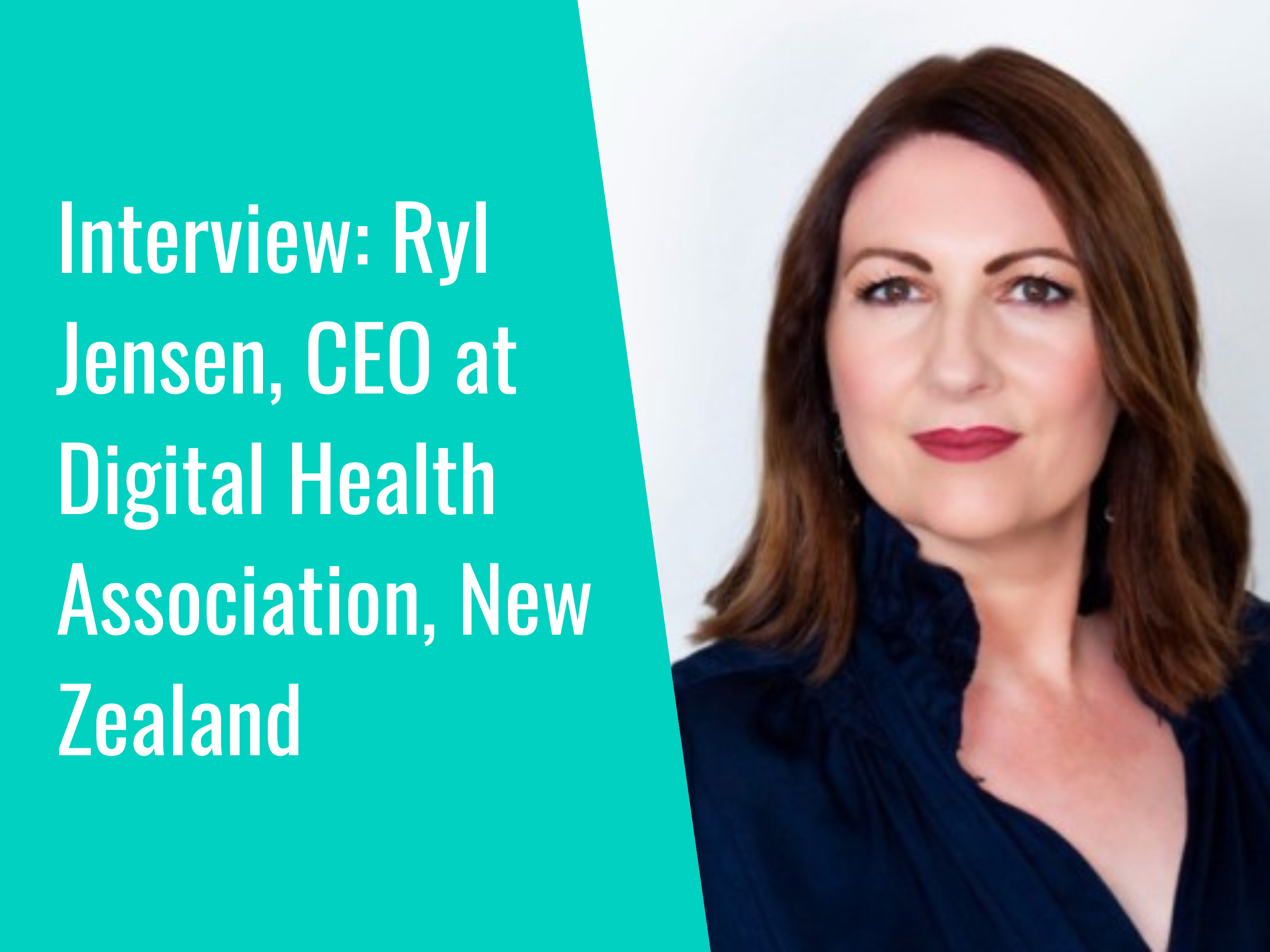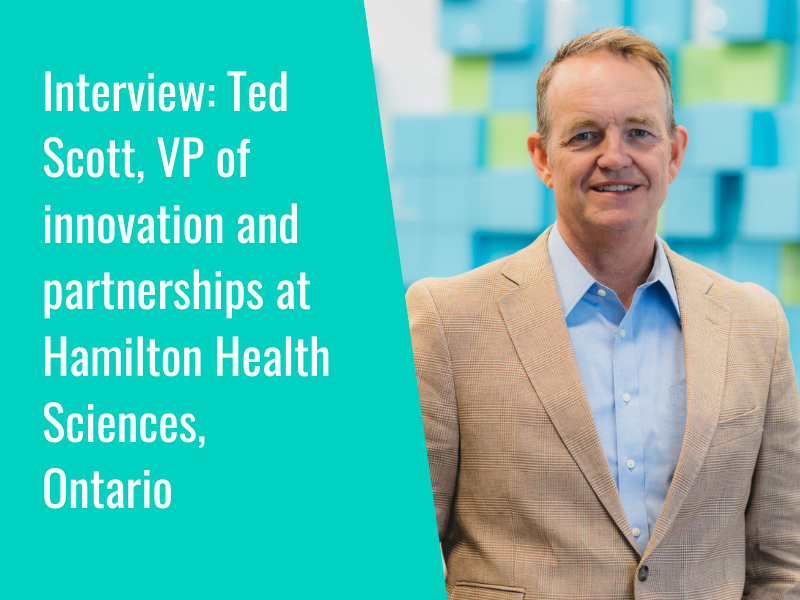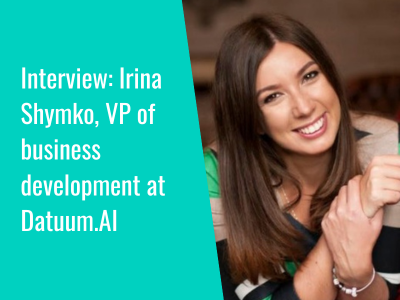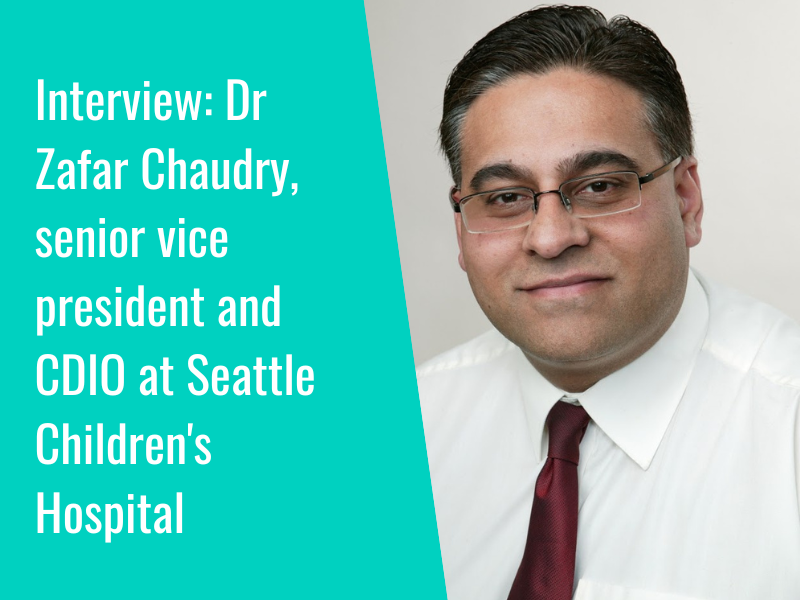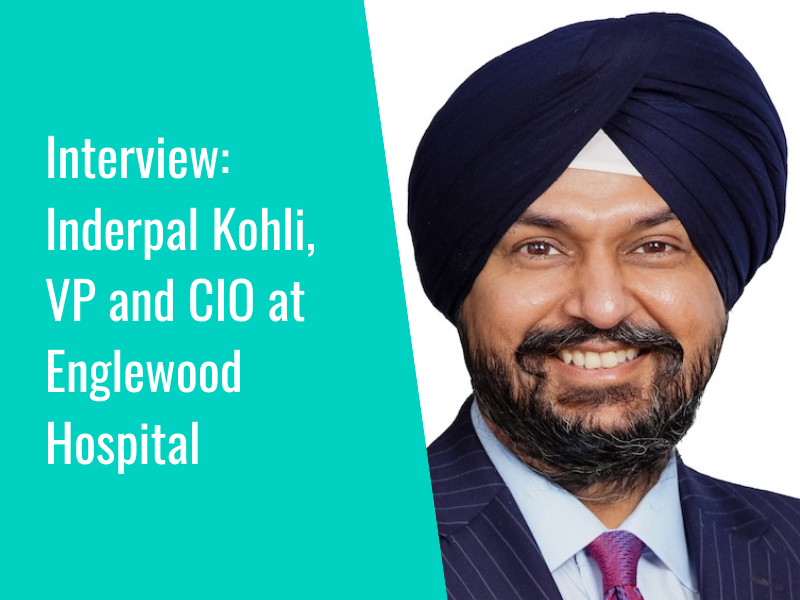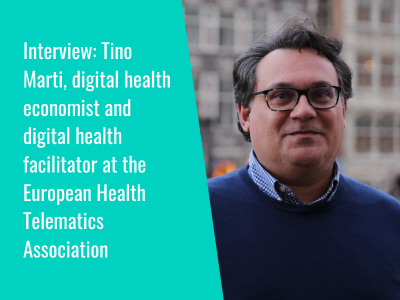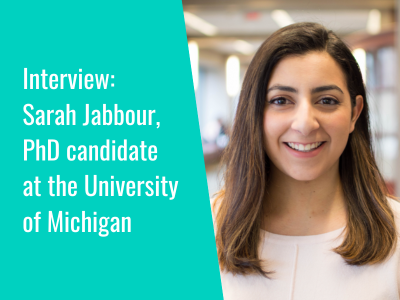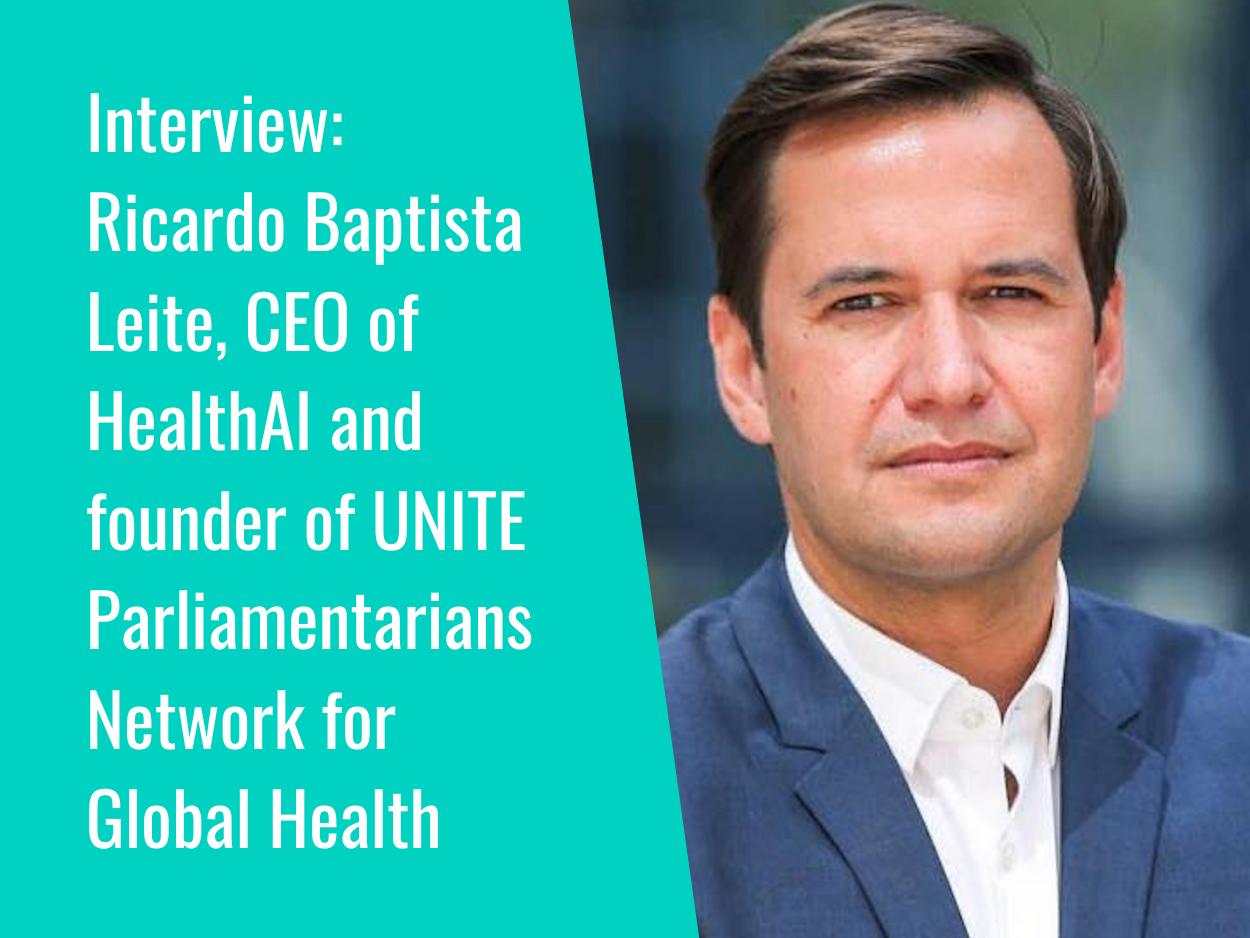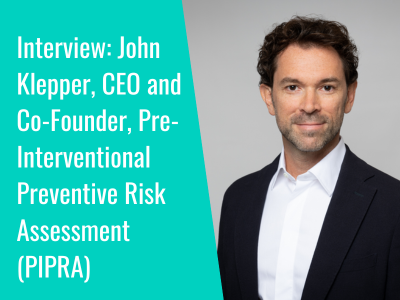We recently caught up with Tino Marti, a digital health economist based in Spain, to talk about recent projects he has been involved with, European perspectives, and future directions in health technology.
Tino is currently digital health facilitator at the European Health Telematics Association (EHTEL) based in Brussels, Belgium, which he described as a European multi-stakeholder platform aiming to encourage collaboration between digital health players across Europe. Previously, he has worked in health tech management and healthcare administration in primary care and integrated care organisations across Spain’s health sector.
Additionally, Tino worked for the World Health Organization for three years, as a technical officer in primary healthcare in Kazakhstan.
Projects and areas of focus
What drew Tino to digital health?
“When I started as an economist working in the healthcare field, specialising in health economics and healthcare management, that work drew me very close to the world of data and informatics,” he said. “At the same time, I’ve always had a passion for innovation. At that time, in the late nineties, we were seeing the internet boom; I’ve always tried to stay in the loop with the internet’s evolution with innovations like social media or the web 2.0, particularly looking at how innovations in the digital field could be translated into health services.”
On the digital projects and programmes that he has been involved in over the course of his career, Tino said: “It’s hard to choose after 25 years working in the field, but one that comes to mind is a project funded by the European Commission aiming to provide tools and methodologies for implementation and scale-up around digital health.”
There are plenty of initiatives around digital health, Tino continued, but there are also many barriers; this project seeks to identify opportunities to overcome those barriers, working with digital health technology companies and healthcare providers. Through the project, the methods and tools used to promote successful adoption are analysed with a view to exploring how they can go from first successful pilot to large-scale deployment. “For example, if something is working in a particular area or territory, how can this be scaled up for the entire country?”
This project, known as Digital Health Uptake, has a number of different outputs, including a catalogue of digital health services called the Digital Health Uptake Radar, which includes a range of information on solutions and best practice on things like AI or guaranteeing the quality of mobile health apps. “We want to create a toolkit for innovators, with methods and guidance on successful adoption and scale-up of digital health solutions,” said Tino. “That’s our overall aim.”
Tino is involved in another project around patients with Long-term care needs, looking at the way that technology platforms can support their needs; this project came about through the European Commission’s European Care Strategy, which focuses on improving integrated long-term care in Europe.
Spain’s digital health landscape
“To depict the digital health landscape in Spain, we need to divide by sector,” Tino said. “The public sector has a health system like the NHS, funded by taxes, and covers 75 to 80 percent of the total expenditure. Then we have a private sector that is smaller but in terms of digital health, they are moving ahead.”
The high level picture, Tino explained, has seen the public sector receive a lot of investment over the last 20 years when it comes to building the infrastructure for digital health. “I would say that this has been successful,” Tino reflected. “Perhaps the only caveat would be our system is not centralised. Jurisdiction is at regional level and we have 17 regions. So we cannot say we have one whole Spanish national health system, but 17 regional systems, and each system has its own initiative in terms of digital health.”
He continued: “There have been different initiatives to share information and some have succeeded partially, but if you receive care in another region, your data won’t follow that easily. So there is a fragmentation in this sense. But if you look at regional level, the level of maturity is high; we have invested wisely and we have total digitisation of healthcare providers using electronic health records and e-prescriptions in all regions, and in some places mature health information exchange systems. Within a region, if you are referred to another health care provider, the data will follow you, but between regions is another story.”
Tino shared that the next step for digital health in Spain will be moving from this infrastructure into services such as telemedicine, which is ongoing, but “requires a lot of changes at organisational level, and also in the way professionals are organised”.
“The private sector is behind the public sector in terms of digitisation of healthcare, but they have accelerated in the last five years tremendously – maybe realising that digital healthcare is a competitive advantage, and because they’re in a much more competitive market. Now the private sector is catching up in some areas, and in the ecosystem of digital health innovators they find more resistance entering into the public system, while in the private sector they can go faster.”
Speaking in particular about his experience in the public sector as a healthcare manager in Catalonia, Tino referenced a “forward-looking” initiative through The Catalan Information Systems Master Plan, that consists of decoupling applications from data layers that were developed together within the digital health infrastructure. This, he said, will lead to support better digital health innovation in the long term.
“We have a fragmented provision sector in Catalonia – we have many providers serving the overarching public health service, but they are autonomous in deciding which information system they should use. It means that if you develop one innovation within one healthcare provider, it cannot be scaled up, because they are all using different systems.”
The project has led to the development of the Catalan E-Health Infrastructure that will decouple the data from services and “form a backbone for an entire system, and different healthcare providers will have to adopt this data backbone. Decoupled this way, the service that they are providing will use a common data model. It’s a long-term project that will take four or five years to deploy, but it will change the landscape and provide the opportunity to have data consolidated centrally with all the potential for innovation and research. At the same time, innovation will spread out much faster, as once you have developed a solution the shared data model means that it can be transferred from provider to provider a lot easier.”
Other innovations planned in this space include developing the interface for electronic health records and introducing new elements such as patient-reported outcome measures.
Workforce literacy and training in digital health
On workforce literacy and training in digital health in Spain, Tino highlighted that he had never experienced resistance to adopting digital health tools or initiatives, and that on the contrary, the appetite for digital transformation often meant pressure to deliver on digital commitments. He also noted that health professionals generally have “quickly adopted or developed digital skills”, and that it is “common practice” for care coordination to take place using digital tools such as WhatsApp.
He shared: “We have developed different training programs to develop digital skills, and that this is something that will be needed in this transition. Now we have the mature infrastructure, but we have to move into services, to change the way we work.
“From a patient perspective, COVID is an inflection point. In 2019, the level of adoption of MyHealth electronic patient record was between 1-2 percent of the population. During COVID, we were delivering COVID certificates through the system, and the only way to get an appointment was using the system, so this figure rocketed to 60 percent. If we capitalise on this adoption, we can start to develop, personalise, digitise services that will be much more helpful at scale.”
Looking ahead
If Tino could solve one challenge for digital health in Spain, what would it be?
“I think the challenge, maybe more from a public perspective, is how to adopt innovation,” he said. On how to encourage the adoption innovation into services, Tino raised the need for “organisational rearrangement – it’s not only about investing in digital health, but about changing the ways that organisations are funded and paid, and introducing incentivises for organisations to introduce digital. It’s also about measuring; once we have mature systems, we need to monitor our approaches and progress to see what the results of digital health initiatives have been. It’s the concept of value at the end of the day. We need to form that link between how we fund services and how we measure them, and fund based on those results – and in line with that, let providers self-organise in order to introduce the initiatives that work for them.”
Tino also raised the challenge of the fragmented data and systems, which he noted “restrains innovation in terms of large databases which could potentially be exploited using AI.”
When asked where he would like to see digital health in Spain in five years, and what needs to happen to achieve that, Tino considered that the transition is underway to move from building digital health infrastructure to using consolidated data and services, but there is a need to develop the policies to accompany this change.
“Coming back to my earlier point, we need to be able to measure value and how we get value out of services,” Tino said. “I would like to see that, but we need to introduce policies to support it, sort out governance, funding, change provider payment mechanisms, the contractor system, invest in data infrastructure, and provide more organisational autonomy. I think that would be very transformative. Maybe not in five years’ time, but in the long term.”
Many thanks to Tino for taking the time to join us and share his thoughts.
In another recent interview, we sat down for a chat with Ricardo Baptista Leite, CEO at HealthAI, about the potential and considerations for artificial intelligence, key learnings from his career and his thoughts on the digital health landscape in Portugal.
- 1
- 2


